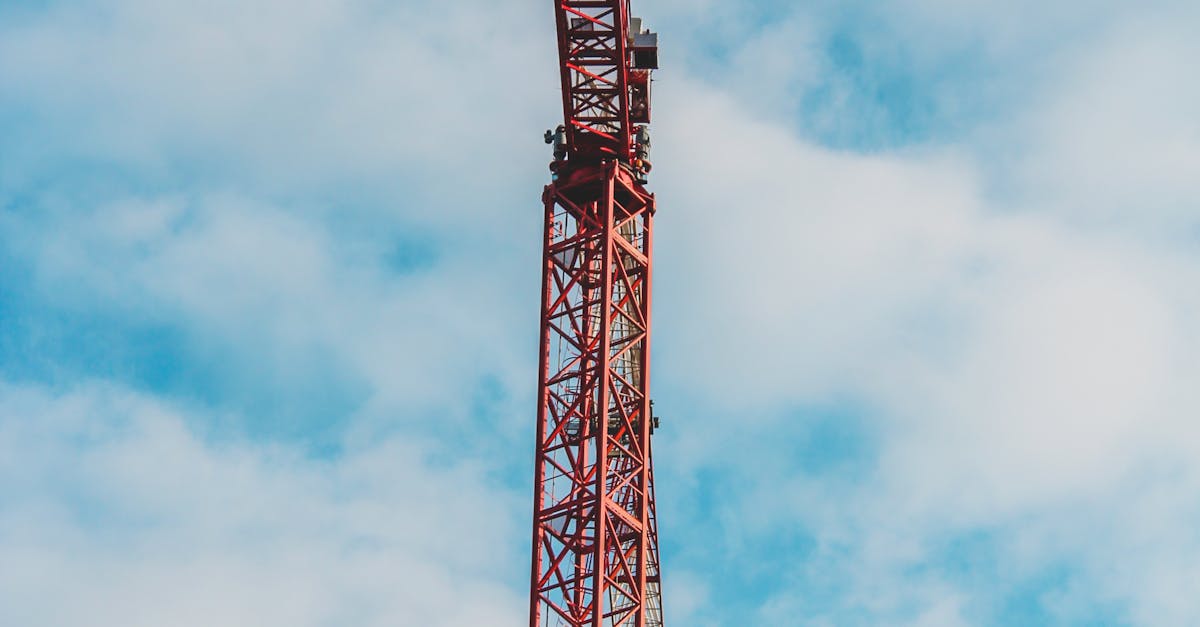How to Select Eco-Conscious Fixtures for Energy Efficiency

Table Of Contents
Sustainable Material Choices
When selecting fixtures for energy efficiency, the sustainability of materials plays a crucial role. Opting for products made from renewable resources not only reduces environmental impact but also supports a circular economy. Bamboo, reclaimed wood, and recycled metals are excellent choices. These materials have lower carbon footprints compared to traditional options and enhance the overall aesthetic of any space.
Additionally, fixtures crafted from sustainable materials often come with better durability and longevity. This means fewer replacements over time, leading to reduced waste and energy consumption in manufacturing new products. By prioritising sustainable material choices, homeowners can contribute to a healthier environment while enjoying quality and stylish fixtures that stand the test of time.
The Importance of Sourcing Recycled Materials
Selecting recycled materials not only reduces the demand for virgin resources but also minimises the environmental impact associated with extraction and processing. This practice contributes significantly to a circular economy, where products and materials are continuously repurposed. By choosing fixtures made from recycled content, consumers can support industries that prioritise sustainability and waste reduction.
Utilising recycled materials can also lead to cost savings in the long run. Many recycled products are not only eco-friendly but also produced with innovative techniques that ensure durability and high performance. As awareness of sustainability grows, the availability of recycled materials continues to expand, offering homeowners a plethora of aesthetically pleasing and functional options that align with their eco-conscious values.
Smart Home Technology
The advent of smart home technology has had a significant impact on energy efficiency. By incorporating devices such as smart thermostats, homeowners can monitor and adjust heating and cooling systems more effectively. These devices learn user habits and preferences, allowing for optimal temperature settings tailored to individual lifestyles.
Integration of smart lighting systems also contributes to energy savings. With the ability to automate lighting based on occupancy and time of day, unnecessary energy consumption can be significantly reduced. Smart home technology empowers users to make informed decisions about their energy usage, promoting a more sustainable lifestyle while also reducing utility costs.
Integrating Smart Thermostats for Efficiency
Smart thermostats offer a significant advantage in managing home energy consumption. These devices enable users to monitor and control their heating and cooling systems remotely, optimising energy use according to individual schedules and preferences. Many models learn user behaviours over time, adjusting temperatures automatically and ensuring that energy is not wasted when spaces are unoccupied. The ability to set specific temperatures for different times of day contributes not only to comfort but also to a decrease in energy bills.
Integrating these technologies into homes requires careful consideration of compatibility with existing heating and cooling systems. Proper installation can maximise their efficiency, allowing users to take full advantage of features such as geofencing, which adjusts temperatures based on the occupants' proximity to home. The data generated by smart thermostats also allows for better insights into energy usage patterns, enabling homeowners to make informed decisions about further energy-saving measures.
The Role of Insulation
Proper insulation plays a critical role in energy efficiency within a home. It acts as a barrier to heat flow, helping to keep living spaces warm in winter and cool in summer. With adequate insulation, homeowners can significantly reduce the amount of energy required for heating and cooling systems, leading to lower utility bills and a reduced carbon footprint.
Selecting the right insulation materials is essential for maximising their effectiveness. Options such as recycled denim or cellulose, made from post-consumer paper products, offer eco-friendly alternatives to traditional insulation. These materials not only provide excellent thermal resistance but also contribute to sustainability efforts by reducing waste and promoting resource conservation.
Enhancing Energy Efficiency through Proper Insulation
Proper insulation is essential in maintaining a comfortable indoor environment while minimising energy consumption. By effectively trapping heat during colder months and keeping it out during warmer months, insulation reduces the reliance on heating and cooling systems. Common materials such as fibreglass, cellulose, and foam offer varied R-values, indicating their effectiveness in resisting heat flow. Selecting the right insulation material for the specific climate and building type can significantly enhance overall energy efficiency.
In addition to choosing the proper material, proper installation plays a crucial role in insulation performance. Gaps, air leaks, and improper fitting can lead to diminished effectiveness, allowing conditioned air to escape and unconditioned air to infiltrate. Sealing these vulnerabilities ensures that the insulation works as intended, ultimately leading to lower energy bills and a reduced carbon footprint. Regular inspections and maintenance can help identify potential problem areas, allowing homeowners to address insulation issues before they escalate.
FAQS
What are eco-conscious fixtures?
Eco-conscious fixtures are products designed with sustainability in mind, utilising materials and technologies that reduce environmental impact and enhance energy efficiency.
Why is it important to source recycled materials for fixtures?
Sourcing recycled materials helps minimise waste, reduces the demand for new resources, and lowers the carbon footprint associated with manufacturing new products, making it a more sustainable option.
How can smart home technology improve energy efficiency?
Smart home technology allows for better control and monitoring of energy use, such as through smart thermostats that adjust heating and cooling based on your habits, leading to reduced energy consumption.
What role does insulation play in energy efficiency?
Proper insulation helps maintain indoor temperatures by reducing heat loss in winter and keeping spaces cool in summer, which decreases energy consumption for heating and cooling.
Can I integrate eco-conscious fixtures into an existing home?
Yes, many eco-conscious fixtures can be easily integrated into existing homes through upgrades, such as installing energy-efficient lighting, smart thermostats, and improved insulation solutions.
Related Links
The Benefits of Using Rammed Earth in Home BuildingExploring Advanced Solar Panel Technologies for New Homes
The Impact of Green Roofs on Urban Housing Sustainability
Sustainable Flooring Options: From Cork to Reclaimed Wood
Choosing Low-VOC Paints for Healthier Indoor Environments